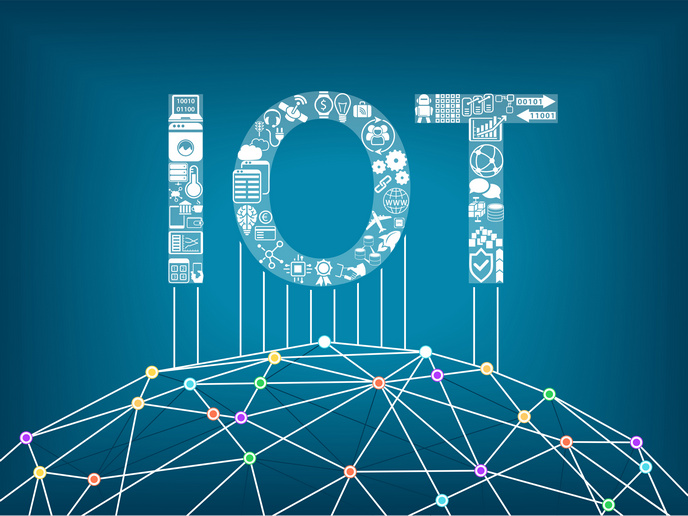The security dimension of Copernicus
Copernicus services still require research and development or large-scale demonstrations in order to reach operational maturity. The security dimension of Copernicus, in particular, remains relatively underdeveloped when compared with its environmental services. This is partly due to the complexities and political constraints inherent in the security field. Progress in the design and implementation of a sustainable governance structure has also been identified as a key factor for the successful transition from pre-operational to operational services. The EU-project 'Building relationships and interactions to develop GMES for European security' (BRIDGES) aimed to contribute to this process by proposing governance models, implementation options and stakeholder positions. Taking into account the existing institutional framework, BRIDGES partners also considered possible roles for the European Union Satellite Centre (EUSC). This is the only agency capable of handling large amounts of geographic data in ways that can support decision making. The EUSC could ideally take a coordinating role for space data access in the security field. The first phase of the BRIDGES project included a detailed analysis of existing governance models to identify alternatives for coordination of both use requests and service delivery. Building on these results and preliminary assessment work carried out within the G-MOSAIC project, several new governance models were prepared in the second project phase. Considering the heterogeneity of the end users and the numerous areas of applications, these new models were specific enough to ensure an effective link between civil and military objectives. The third planned phase of work focused on analysing technical, legal and financial implications, and included an evaluation of costs and benefits. The project's work on the governance of Copernicus security services is expected to substantially contribute to the management of future operational services in three areas: border control, maritime surveillance and support to external action. These policies are of particularly importance for European internal and external security.
Keywords
Security, Copernicus, operational services, border control, maritime surveillance







